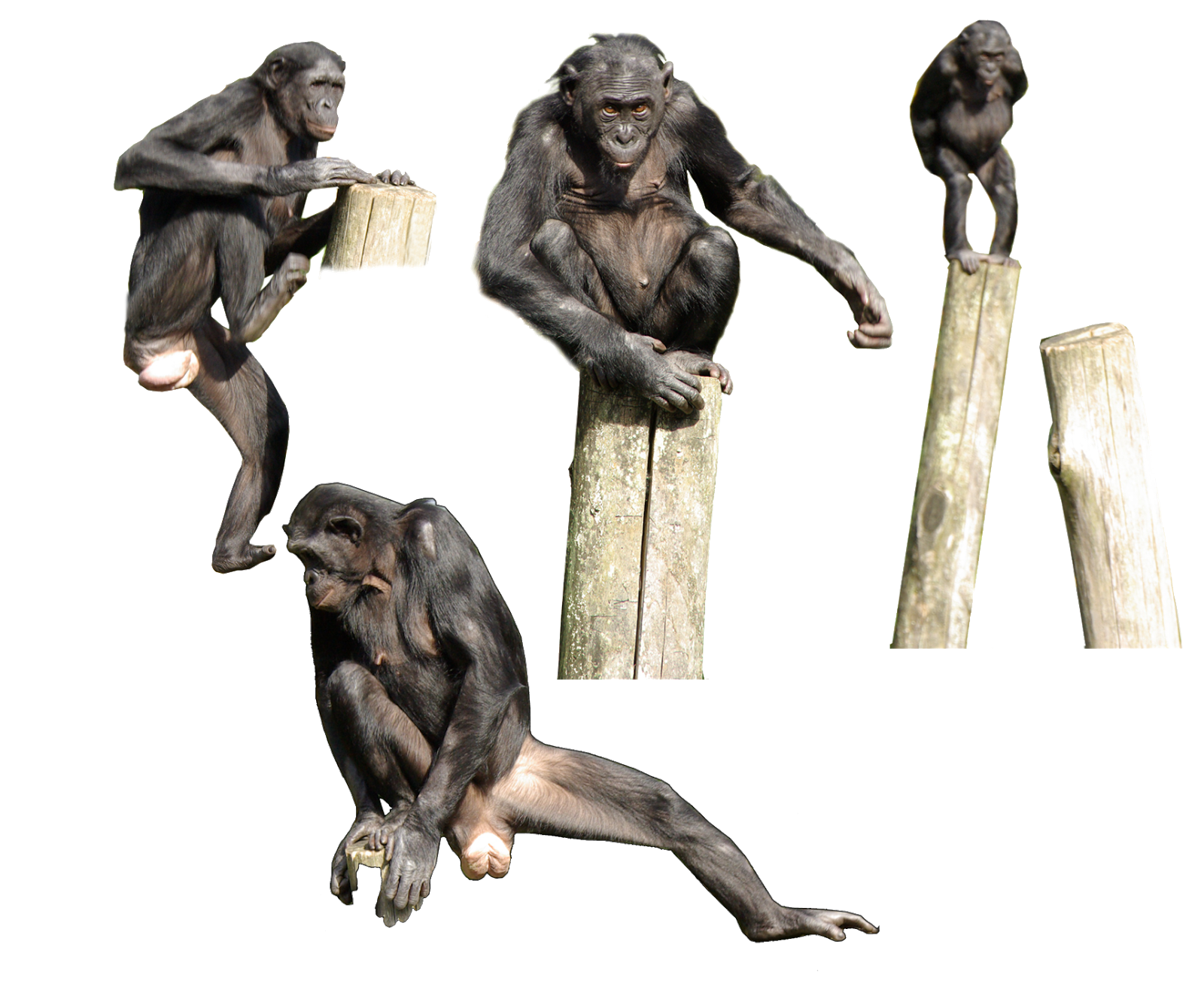
We also observed differences in manipulative behaviors between juveniles and adults, indicating a greater diversity in grip associations and grasping postures used in isolation with age, and a sex-biased use of tools with females using tools more often than males. Our study describes a great variety of grasping postures and grip associations in bonobos, close to the range of manipulative repertoire in chimpanzees, confirming that the two species are not markedly different in terms of cognitive and morphological constraints associated with food manipulation. The objective of the present study is to describe the richness of the manipulative repertoire of zoo-housed bonobos, in a spontaneous feeding context including various physical substrates to gain a larger insight into our evolutionary past. In contrast, the study of bonobos' manipulative abilities has almost exclusively been carried out in experimental contexts related to tool use. In particular, the manipulative abilities of our closest relatives, the chimpanzee (Pan troglodytes), have been widely described in various contexts, showing a high level of dexterity both in zoo and in natural conditions.

© 2014 Wiley Periodicals, Inc.Ĭomparative behavioral studies of hand use amongst primate species, including humans, have been central in research on evolutionary mechanisms. Isolated qualitative observations of possibly forceful pinch by the thumb and side of the index finger highlight the need for comparative quantitative data to test whether humans are unique in forceful precision gripping capability. The proximal thumb stabilizes food with the flexed index finger against the pull of the teeth and provides leverage in breaking food into portions.
#Chimpanzee hand morphology full
Participation of the full thumb in these grips, rather than the distal thumb and fingers, throws light on feeding behaviors that may have become increasingly significant factors in the evolution of derived hominin thumb morphology. New grips involving the full thumb and buttressed index finger, and a new integrated pattern of grips and forceful hand movements were discovered, associated with feeding on large fruits and meat. It was predicted that (1) new grips would be found that had not been observed in captivity, (2) forceful precision grips would be absent from the repertoire, as in captivity, and (3) precision handling would be observed.

Grips and hand movements by 39 chimpanzees were analyzed for arboreal and terrestrial feeding involving 10 food-types and associated vegetation.

To this end, chimpanzee food manipulation was videotaped in the Mahale Mountains National Park, Tanzania.

However, stresses on the hand associated with food retrieval and processing also have been recognized as relevant early hominin behaviors that should be investigated. It has long been assumed that stone tool making was a major factor in the evolution of derived hominin hand morphology.


 0 kommentar(er)
0 kommentar(er)
